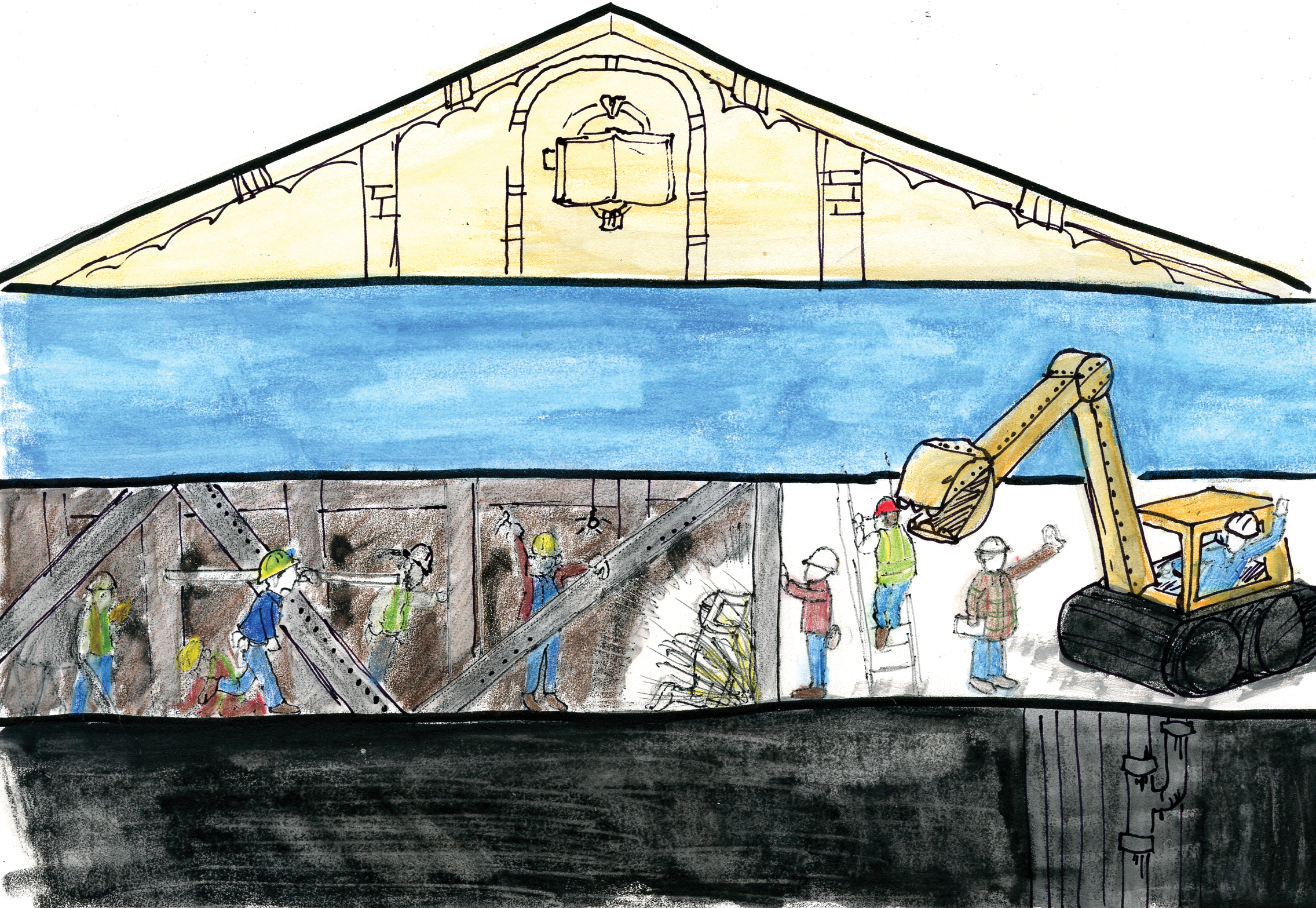UCLA renovations on the Hill stimulate local construction industry despite tough economic conditions

Read the rest of the stories from The Hill Under Construction:
Boston University students are housed in both old and modern buildings
Cornell’s dining options enhance dorm living
UC Berkeley provides array of themed housing communities to students
UCLA renovations on the Hill stimulate local construction industry despite tough economic conditions
UCLA aims to extend housing guarantees to more upperclassmen
By Shoshee Jau
May 25, 2011 2:58 a.m.
Since construction of De Neve Plaza broke ground on the Hill 13 years ago, UCLA has been a major economic contributor to the L.A. building industry.
After adding Hedrick Summit, Rieber Vista and Rieber Terrace to on-campus housing, UCLA is continuing to build plaza buildings in De Neve and Sproul and hopes to have more than 4,000 rooms on the Hill once construction is completed, said Barbara Wilson, associate director of room operations at UCLA Housing and Hospitality Services.
The project has created a constant demand for workers and building materials, supporting the local construction industry, said Christine Cooper, senior economist at the Los Angeles County Economic Development Corporation.
The large sum of money that UCLA pours into the construction industry helps stimulate the economy, she said.
In 2006, the university spent approximately $3.9 billion and generated $9.3 billion in economic output.
“The money goes into construction or buying materials or restaurants or health services, or it supports the education of students,” Cooper said. “It supports different activities in the economy.”
Compared to the rest of Los Angeles County, UCLA has been placing efforts and resources in an industry whose market has been moving slowly since the mid-2000s, said Jordan Levine, director of economic research at Beacon Economics, a research and consulting firm in California.
A sluggish economy and unpredictable demand for buildings has discouraged construction projects in most parts of Los Angeles, Cooper said.
UCLA, however, is in a different situation.
Unlike the rest of Los Angeles, where demand for finished buildings can be unpredictable, the university can control demand for its housing because it makes sure to enroll enough students to fill buildings, Levine said.
“The university is in its own little world in terms of population,” he said. “They know what their enrollments would be and know for a fact what their demand would look like every year.”
As a result of fewer opportunities for projects, the overall cost of building has decreased, he said.
Continual development of on-campus housing at UCLA during a time of low spending has also allowed the university to enjoy lower construction costs overall, said UCLA spokesman Phil Hampton.
“In recent years, bids have come in below the estimated cost the university has made,” Hampton said. “Construction contractors really want work, and there is a little less work to be had across the region, so they are willing to submit a bid that is lower than it was 10 years ago.”
Housing and Hospitality Services is now in its last major phase of construction, working on projects extending Sproul, De Neve and Weyburn, Wilson said. The projects are scheduled to be completed by 2013.
However, some kind of construction is here to stay, she said.
“Considering we’ll have over 4,000 rooms in our inventory, there will probably be ongoing renovations in some way, shape or form,” Wilson said.
Hedrick Hall is undergoing renovations that are scheduled for completion by the start of fall quarter. After this, renovations will continue in Dykstra Hall, Sunset Village and Hitch and Saxon suites.
“Everything we have built has come off the campus master plan, which is updated depending on the needs of the campus and students coming into UCLA,” Wilson said. “With enrollments increasing and UCLA wanting to convert to a residential campus, (more) housing has to be available.”


